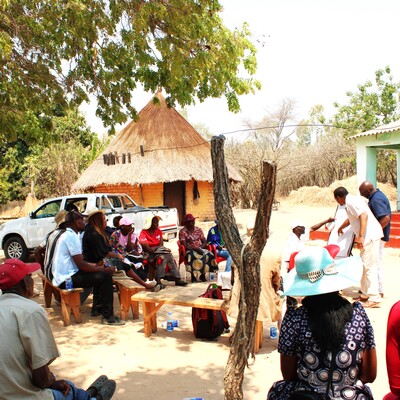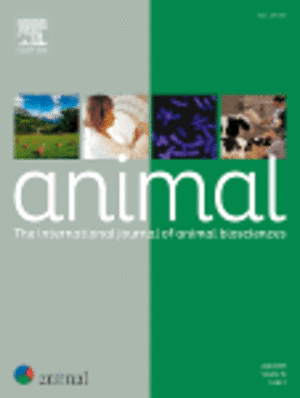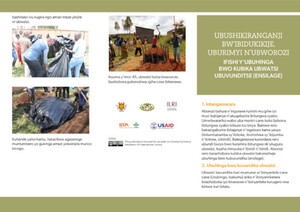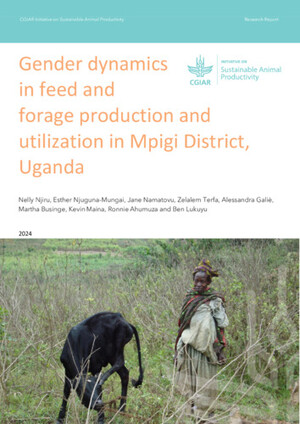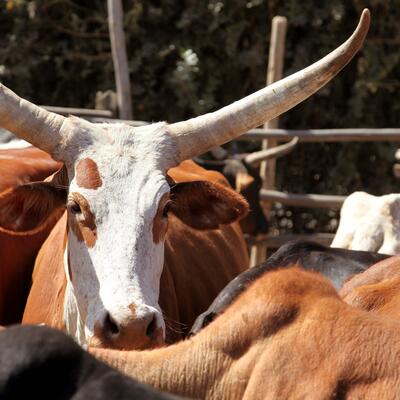
Functional gene discovery for disease resistance in Chicken
Genetic Diversity: The genetic diversity in fowl is much higher corporeal other livestock species, because of the variety of breeds existing on world wide. Most of indigenous breeds have a good adaptability for climate and disease. Their value for breeding is high, but frequent use of imported breeds is cause up a lost of unique genetic diversity. The genetic resources became issues of access and benefit sharing which means that difficult collection of samples will be more difficult. Lack of studies base on understanding of genetic relationships indigenous fowl breeds in Korea using the molecular data.
Disease Resistance: Avian Influenza (AI) has been a continuous problem in the world and damaged seriously to poultry industry and public health. In Korea, the first outbreak of AI was in 1993, and followed by highly pathogenic outbreak in 2003, and 2006. More than 5 million chicken and ducks were sacrificed and the economic lost was over 150 million dollars. Recently research has shown that AI virus of low pathogenicity can mutate in its host into highly pathogenic types, H5N1. Most AI cases in poultry and humans have been recorded in South-East Asia.
Research status
Genetic Diversity: NLRI has worked a project of genetic diversity of Korean native chicken using molecular markers since 2002. The comparison of genetic diversity among indigenous livestock was performed during last RDA and ILRI collaboration project. The AVIADIV project in European Union performed studied 52 populations join Europe, Africa and China. Nine MS- marker for population test and 147 MS-marker for comprehensive mapping were announced in US poultry genomic project.
Disease Resistance: Mx gene was identified to regulate post transcriptional viral protein synthesis in mice (Haller et al. 1987). Various cellular regulatory enzymes were reported to affect viral replication (Mellen et al. 1994). In chicken, 631s t position base of Mx gene has been associated with increased to influenza infection (Ko et al. 2002). To reduce the impact of AI epidemics in domestic chicken, ILRI made international research consortium to identify the chicken innate genetic factors that influence AI infection, pathogenesis and transmission.
Gaps in Korean research
Genetic Diversity: Classification of Korean native chicken is based on morphology while characterization base on genetic information is missing.
Disease Resistance: Migratory birds have supposedly plaid an important role in the expansion of current avian influenza virus such as H5N1 epidemics, but very limited research has been carried out to understand these diseases in Korea. There is little research projects to discover the genetic factors to affecting virus resistance and susceptibility of host animal.
Objectives/Goals
- Comparison of genetic diversity among indigenous chicken breeds in Korea and other countries.
- Evaluation of the distribution of SNPs among different chicken populations.
- Analysis of polymorphism in the candidate genes and validation of the discovered SNPs on the avian disease
Project location
Kenya, Korea
Expected outputs
Genetic Diversity
¨ Establishment of genetic characteristics among Korean indigenous chicken breeds.
¨ Genetic relationships among breeds in neighboring countries.
¨ Understanding joining of the world leading research groups on very keen topic
Disease Resistance
¨ To find the way to marker-assisted selection and/or introgression for AI resistance in Asia and African chicken.
¨ To build up In vitro study in chicken cells
¨ To build the capacity of partner countries to respond to AI outbreaks







